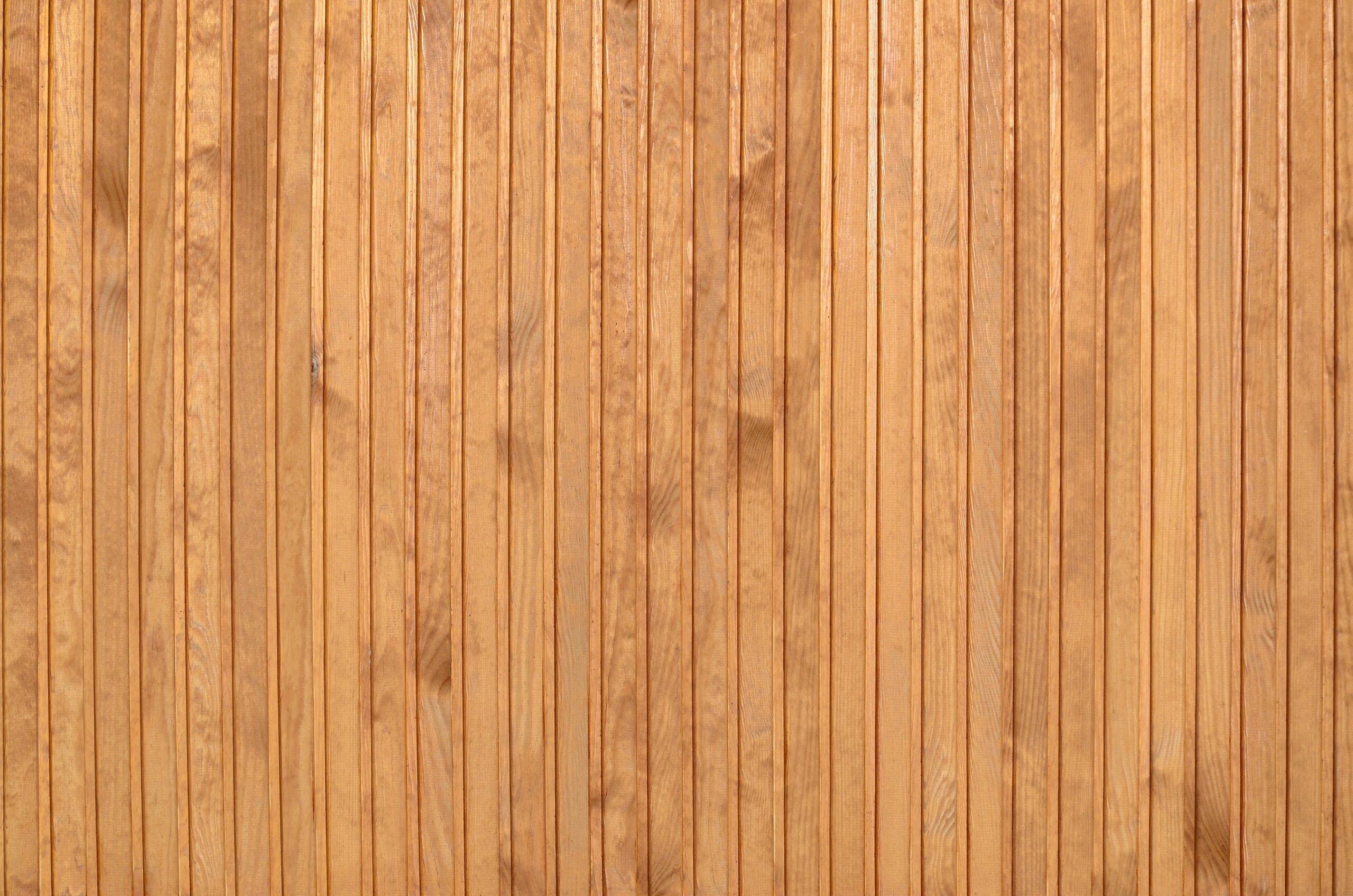Fall Pruning Guide: What to Cut Back and What to Leave for Ontario Gardens
As the vibrant colours of autumn paint the landscapes from Toronto to Muskoka, it’s time for Ontario gardeners to consider their fall pruning guide strategy. Proper pruning not only maintains the health and appearance of your plants but also prepares them for the harsh Ontario winter ahead. In this guide, we’ll explore what to prune, what to leave alone, and how to do it right for optimal spring growth.
Why Fall Pruning Matters in Ontario
Fall pruning guide is a crucial task for several reasons:
- It helps remove dead, diseased, or damaged growth before winter sets in.
- Proper pruning can improve air circulation, reducing the risk of fungal diseases.
- It shapes plants while they’re dormant, promoting healthy growth in spring.
- In urban areas like the GTA, fall pruning guide can help manage plant size in smaller garden spaces.
However, timing is critical. In Ontario, aim to prune after the first frost but before the ground freezes solid. This typically falls between late October and early November, depending on your specific location.
What to Cut Back in Fall
1. Perennials
Many perennials benefit from fall pruning guide:
- Hostas: Cut back to ground level after the first frost.
- Black-Eyed Susans: Trim to about 4 inches above the ground.
- Peonies: Cut back to ground level to prevent overwintering of diseases.
- Daylilies: Remove dead foliage but leave the base of the plant intact.
2. Shrubs
Some shrubs that can be pruned in fall include:
- Butterfly Bush: Cut back to about 12 inches from the ground.
- Rose of Sharon: Prune to shape and remove dead or crossing branches.
- Summersweet: Remove any dead, damaged, or crossing branches.
3. Trees
For trees, focus on:
- Removing dead, diseased, or damaged branches
- Pruning out water sprouts and suckers
- Thinning out crossing or rubbing branches
4. Roses
In colder parts of Ontario, like Ottawa or North Bay:
- Cut back to about 12-18 inches tall
- Remove any dead or diseased canes
- In milder areas like Niagara, you can wait until early spring for major pruning
What to Leave for Spring
Some plants are best left unpruned until spring:
- Spring-Flowering Shrubs: Leave hydrangeas, lilacs, and forsythias alone to preserve next year’s blooms.
- Evergreens: Avoid fall pruning of pines, spruces, and firs. Wait until late winter or early spring.
- Tender Perennials: In colder regions of Ontario, leave ornamental grasses and plants like Russian sage standing. They provide winter interest and protect the crown of the plant.
- Berry-Producing Plants: Holly, beautyberry, and other plants with winter berries should be left unpruned to provide food for wildlife and winter color.
- Marginally Hardy Plants: In border zones, leave marginally hardy plants unpruned. The extra growth can provide some winter protection.
Pruning Techniques for Ontario Gardens
- Use Clean, Sharp Tools: Sanitize pruning tools between plants to prevent the spread of diseases.
- Make Clean Cuts: Cut at a 45-degree angle just above a bud or lateral branch.
- Follow the One-Third Rule: Never remove more than one-third of a plant’s growth in a single season.
- Consider Plant Location: Plants in sheltered urban areas might need less pruning for winter protection than those in exposed rural locations.
Special Considerations for Ontario’s Climate
- In areas with heavy snowfall, like Barrie and Orillia, consider structural pruning to help shrubs and small trees withstand snow loads.
- In milder areas like Windsor or London, you might have a longer window for fall pruning.
- For lakeside properties around the Great Lakes, factor in the moderating effect on temperatures when timing your pruning.
Conclusion
Fall pruning, when done correctly, sets the stage for a beautiful and healthy garden come spring. By understanding what to cut back and what to leave, you’re giving your Ontario garden the best chance to thrive through our challenging winters and burst into glorious life when warm weather returns.
Remember, if you’re unsure about pruning specific plants or need assistance with larger trees, don’t hesitate to consult with a professional. At Black Swan Landscaping, we’re always here to help Southern Ontario gardeners make the most of their outdoor spaces in every season.
Happy pruning, and here’s to a stunning spring garden! Thank you for reading our fall pruning guide!
